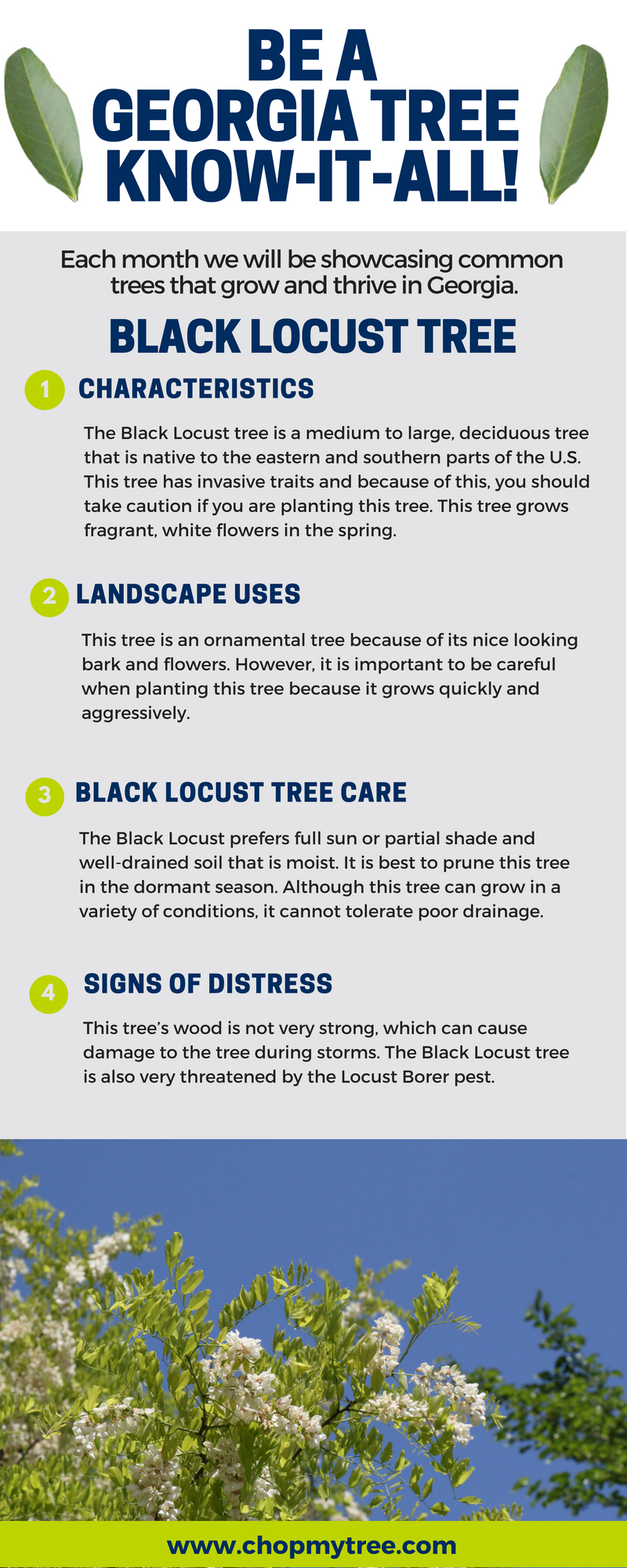When it pertains to creating a landscape that flourishes, understanding the art of tree pruning is a must. Imagine being able to shape your trees with precision, guaranteeing their vitality and elegance for years ahead. By finding out the essential strategies for appropriate cuts, timing, and architectural training, you hold the trick to a successful exterior area that will thrill all who encounter it. But exactly how do these pruning approaches genuinely affect the wellness of your trees and the overall landscape aesthetic?
Correct Pruning Cuts for Tree Wellness
When it pertains to keeping the wellness of your trees, making appropriate pruning cuts is important. Inaccurate cuts can lead to disease, insect invasion, and total tree decline. To ensure the vitality of your trees, always begin by utilizing sharp, clean tools to make exact cuts.
Begin by identifying the branch collar, a swollen location where the branch affixes to the trunk. Cutting just outside the collar helps promote proper recovery and decreases the risk of infection. Prevent leaving stubs as they can invite pests and diseases right into the tree.
Remember to make cuts at a minor angle, sloping far from the trunk, to prevent water from merging on the injury. Furthermore, get rid of any type of dead, harmed, or going across branches to enhance air blood circulation and sunlight infiltration.
Timing and Regularity of Trimming
To preserve the wellness and structure of your trees, understanding the optimum timing and regularity of trimming is crucial.
The very best time to trim trees is normally throughout the inactive period in late winter season or early springtime. Trimming during this period assists promote brand-new development once the tree begins budding in the spring.
Nevertheless, some trees, like spring-flowering ones, are best trimmed right after they end up blooming to avoid cutting off next year's flower buds.
Routine trimming is necessary, however the frequency relies on the tree varieties and its development price. For Click Webpage of trees, an annual examination to eliminate dead, unhealthy, or crossing branches is recommended. Youthful trees may call for more constant trimming to establish a strong framework, while fully grown trees might only need maintenance pruning every couple of years.
Avoid pruning during the fall when diseases are extra quickly spread, and refrain from heavy trimming during the summertime when the tree is proactively growing.
Training Young Trees for Structure
For establishing strong and healthy and balanced trees, training young trees for optimum structure is necessary. By shaping a tree when it's young, you established the foundation for a durable and visually enticing fully grown tree.
Begin by recognizing the main leader, which is the primary upward-growing branch. Encourage the central leader's development by pruning away contending leaders, helping the tree create a strong main trunk. Furthermore, remove please click the next webpage that grow inward or downward, as they can create structural concerns as the tree grows.
It is essential to room out lateral branches equally around the trunk to advertise balanced development. As the tree develops, continue to monitor its development and prune as required to preserve its shape and framework.
Effectively trained young trees are much less likely to create weak crotches or chock-full branches, reducing the danger of damage throughout storms. Investing time in training young trees will settle with a perfectly structured and resilient tree in the future.
Verdict
Since you have grasped the important methods of tree trimming, your landscape is on its way to flourishing. By utilizing sharp devices, making exact cuts, and properly timing your trimming sessions, you are making sure the health and longevity of your trees. Bear in mind to routinely examine and keep your trees to keep them growing. With your newly found knowledge, your landscape will certainly continue to expand wonderfully for many years to find. Maintain the great work!
